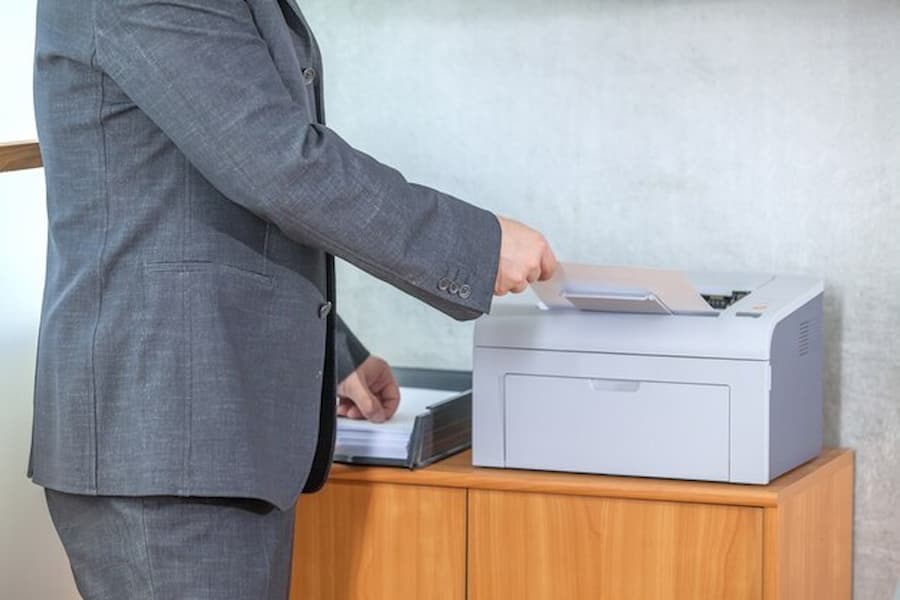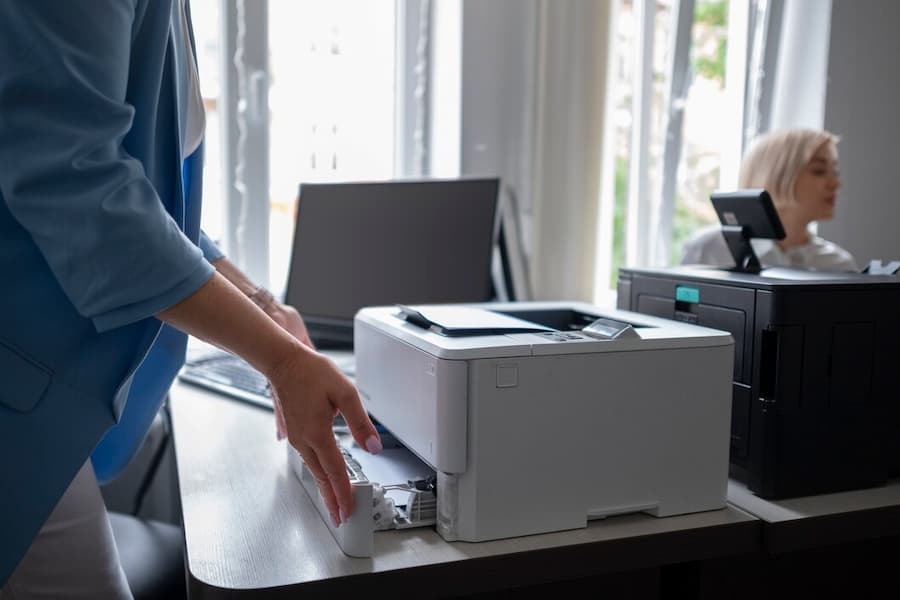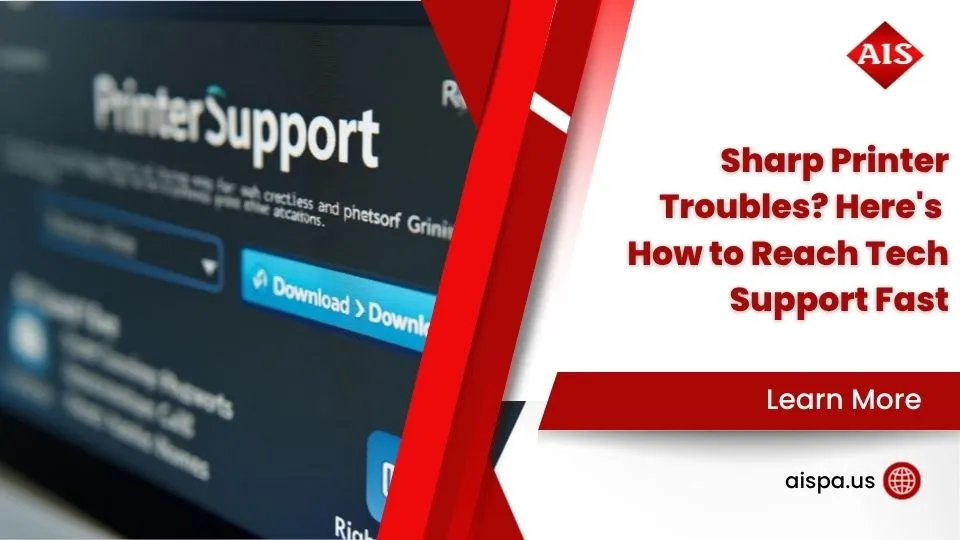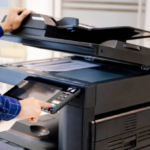Making the Right Choice: Inkjet vs Laser Printer for Small Businesses
Inkjet vs Laser Printer
Printers are electronic devices that convert digital text and images into physical copies on various media, typically paper. They are commonly used in both personal and professional settings for a range of purposes, from printing documents and photos to creating labels, flyers, and more. A perennial debate rages on the choice between inkjet and laser printers.
This discussion isn’t just a trivial matter for tech enthusiasts; it significantly impacts offices, artists, and home users alike. The core of this debate hinges on various factors, from print quality and speed to cost-effectiveness and environmental impact.
Therefore, this article delves deep into the intricacies of inkjet and laser printers, dissecting their strengths and weaknesses to guide you in making an informed decision for your printing needs. There are several types of printers, each with unique mechanisms and uses Inkjet Printers, Laser Printers, Dot Matrix Printers, Thermal Printers and 3D Printers.

History and Evolution of Printer Technologies
The genesis of printer technology dates back to the early days of computing, where the roar of dot matrix printers filled offices. However, the landscape began to shift dramatically with the advent of laser and inkjet printers. The first laser printer, introduced in the 1970s, was a marvel of its time, harnessing the power of static electricity to transfer toner onto the paper. This technology, initially a luxury for large corporations due to its cost, gradually became more accessible.
In contrast, inkjet printers emerged as a more consumer-friendly option. These printers meticulously spray tiny droplets of ink onto the paper, creating images and text with remarkable precision. Over the years, both laser and inkjet technologies have undergone significant advancements.
Today’s models boast enhanced color print quality, increased pages per minute, and a plethora of features like all-in-one printer capabilities. In addition, innovations such as monochrome laser printers and high-capacity ink cartridges have further diversified the choices available to consumers.
In other words, whether you’re looking to print photos with vivid colors or need a reliable machine for high-volume text output, the modern landscape of laser and inkjet printers offers a solution. The evolution of these technologies reflects a constant striving for efficiency, quality, and user-friendliness, making the decision of choosing a new printer more complex yet exciting than ever.
For a deeper understanding of the latest printer models and their capabilities, Consumer Reports’ comprehensive reviews offer valuable insights. Similarly, HP’s guide provides a detailed look into different types of printers, helping you navigate this ever-evolving landscape.
Types of printers
Inkjet Printers: These printers spray tiny droplets of ink onto paper. They are popular for home use and can produce high-quality color prints, making them ideal for printing photos and documents with color graphics.
Laser Printers: Using toner (a powder) and a laser beam, these printers produce text and images by fusing the toner onto the paper. They are typically faster than inkjet printers and are often used in office settings for high-volume printing.
Dot Matrix Printers: An older type of printer that uses a print head moving back and forth or up and down to strike an ink-soaked cloth ribbon against the paper, much like a typewriter. They are useful for printing multi-part forms and carbon copies.
Thermal Printers: These printers use heat to transfer dye onto materials like paper or plastic. They are commonly used for printing receipts, shipping labels, and in some photo printing applications.
3D Printers: A relatively new technology, 3D printers create three-dimensional objects by layering material, typically plastic, based on a digital model. They are used in manufacturing, prototyping, and increasingly in homes for various projects.
All-in-One Printers: These devices combine printing capabilities with scanning, copying, and sometimes faxing functions. They are convenient for home and small office environments where space is limited.
Each type of printer has its advantages and disadvantages in terms of cost, speed, quality, and maintenance requirements, making them suitable for different printing needs.
Printer Speed: Inkjet vs Laser
When it comes to the speed of inkjet vs laser printers, the distinction is quite clear. Laser printers are typically faster, making them ideal for high-volume printing needs in office settings. They excel in quickly producing large quantities of text documents, thanks to their precision-engineered laser technology. For instance, a standard office printer that’s laser-based can churn out pages significantly faster than its inkjet counterpart.

However, it’s crucial to note that not all printing scenarios prioritize speed. In home environments or situations where the volume is lower, the speed advantage of laser printers becomes less critical. Here, inkjet printers, which may be slower, can still meet the demands adequately. Moreover, recent advancements in inkjet technology have narrowed this speed gap, especially in higher-end models. Therefore, when choosing the best printer, considering how often and quickly you need to use the printer is key.
Print Quality: Comparing Output
The battle of print quality between inkjet and laser printers is a tale of two strengths. Inkjet printers shine in producing vibrant color prints. Their ability to handle a wide spectrum of colors makes them the go-to choice for printing photos and color-intensive documents. The inkjet cartridge plays a pivotal role here, dispersing ink in a way that captures the subtleties of color with remarkable fidelity.
On the other hand, laser printers, which use toner instead of ink, are renowned for their precision in text clarity. A monochrome laser printer, for example, is ideal for crisp, clear text, making it a preferred choice in professional settings where document readability is paramount.
The choice between an inkjet or laser printer largely hinges on the type of output you prioritize. For high-quality photo prints and color-rich documents, inkjet printers are usually the better choice. Conversely, for sharp, professional text documents, especially in high volumes, laser printers stand out. Therefore, understanding the difference between inkjet and laser output quality is crucial in selecting the right printer for your specific needs.
Cost Considerations
When evaluating inkjet vs laser printers, cost is a crucial factor. Initially, inkjet printers often have a lower price tag compared to laser models. However, the long-term expenses paint a different picture. Ink cartridges for inkjets typically have a higher cost per page than the toner cartridges used in laser printers. Therefore, for heavy users, a laser printer may be more cost-effective over time.
Moreover, inkjet printers are usually more economical for occasional users who print in color occasionally. In contrast, laser printers, especially monochrome laser models, are more suited for high-volume text printing, offering a lower cost per page. Therefore, the choice between an inkjet or laser printer should consider both the initial purchase price and the ongoing cost of supplies.
Durability and Maintenance
laser printers generally offer a longer lifespan compared to inkjet printers. This is partly due to the robust construction typically found in laser models. However, inkjet printers have improved significantly in terms of build quality and reliability.
Maintenance requirements also differ. Laser printers often require less frequent maintenance than inkjets. The latter can experience issues like nozzle clogging, especially if not used regularly. In contrast, laser printers are more ‘set and forget’ in nature, making them a convenient choice for busy office environments.
Environmental Impact
The environmental impact of printers encompasses energy consumption and recyclability. Generally, laser printers consume more energy than inkjet printers due to their faster printing capabilities and the heat required for toner fusion. However, advancements in technology are reducing the energy gap between these two types.
Recyclability and eco-friendliness are other vital considerations. Many manufacturers now offer recycling programs for printer toner and ink cartridges, reducing the environmental footprint. Users should consider these factors when choosing the best printer for their needs.
Versatility and Functionality
When it comes to versatility, all-in-one inkjet printers often lead the pack. They can print, scan, copy, and sometimes fax, making them ideal for home and small office use. Inkjet printers also tend to handle a wider variety of media types, from glossy photo paper to craft materials.
Laser printers, particularly color laser models, have also become more versatile, with many offering all-in-one capabilities. However, they are typically more focused on efficiency and speed, making them better suited for high-volume text and graphics printing in office settings.
What People Also Ask
What’s the main difference between inkjet and laser printers?
Inkjet printers use liquid ink sprayed through microscopic nozzles, while laser printers use a toner powder that is fused onto the paper.
Which is better for photo printing, inkjet or laser?
For high-quality photo prints, inkjet printers are usually the preferred choice due to their superior handling of color nuances.
Are laser printers more expensive to maintain?
While laser printers may have a higher initial cost, they often have a lower cost per page and require less frequent maintenance than inkjet printers.
Conclusion
In conclusion, the choice between an inkjet or laser printer depends on individual needs and preferences. Inkjet printers offer versatility and excellent color print quality, making them ideal for photo printing and creative projects. On the other hand, laser printers excel in fast, high-volume text printing and are generally more cost-effective for frequent use. Consider factors like cost, print quality, maintenance, environmental impact, and functionality to find the right printer for your needs.
Whether you’re looking for a home printer or an office printer, understanding these differences will guide you in making an informed decision. Ultimately, the best choice depends on balancing these factors against your personal or professional printing requirements. By understanding the unique advantages and limitations of inkjet and laser printers, you can select a printer that not only meets your current needs but also serves you well into the future.
For more information and services you can contact us for a free quote and estimation.
- Address: 165 Veterans Way, Warminster, PA 18974
- Email: sales@aispa.us
- Call Us: (215) 999-8445












